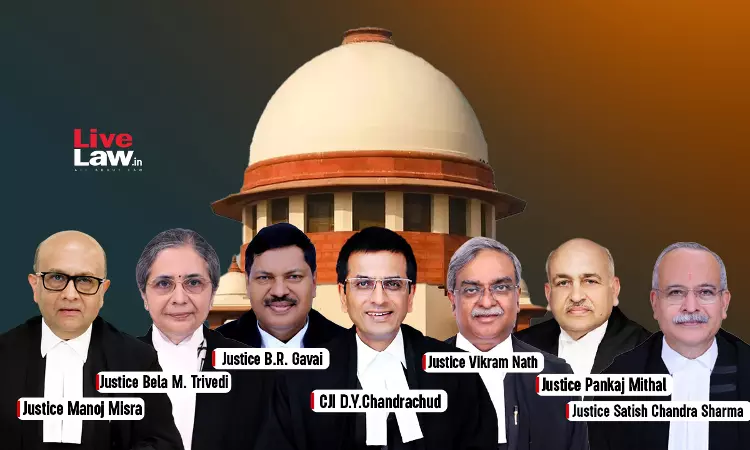State Must Show Data On Inadequate Representation Of Castes In Services To Sub-Classify : Supreme Court
Anmol Kaur Bawa
1 Aug 2024 6:41 PM IST

Cadre can't be used as a unit to determine representation, the Court stated.
Next Story
1 Aug 2024 6:41 PM IST
